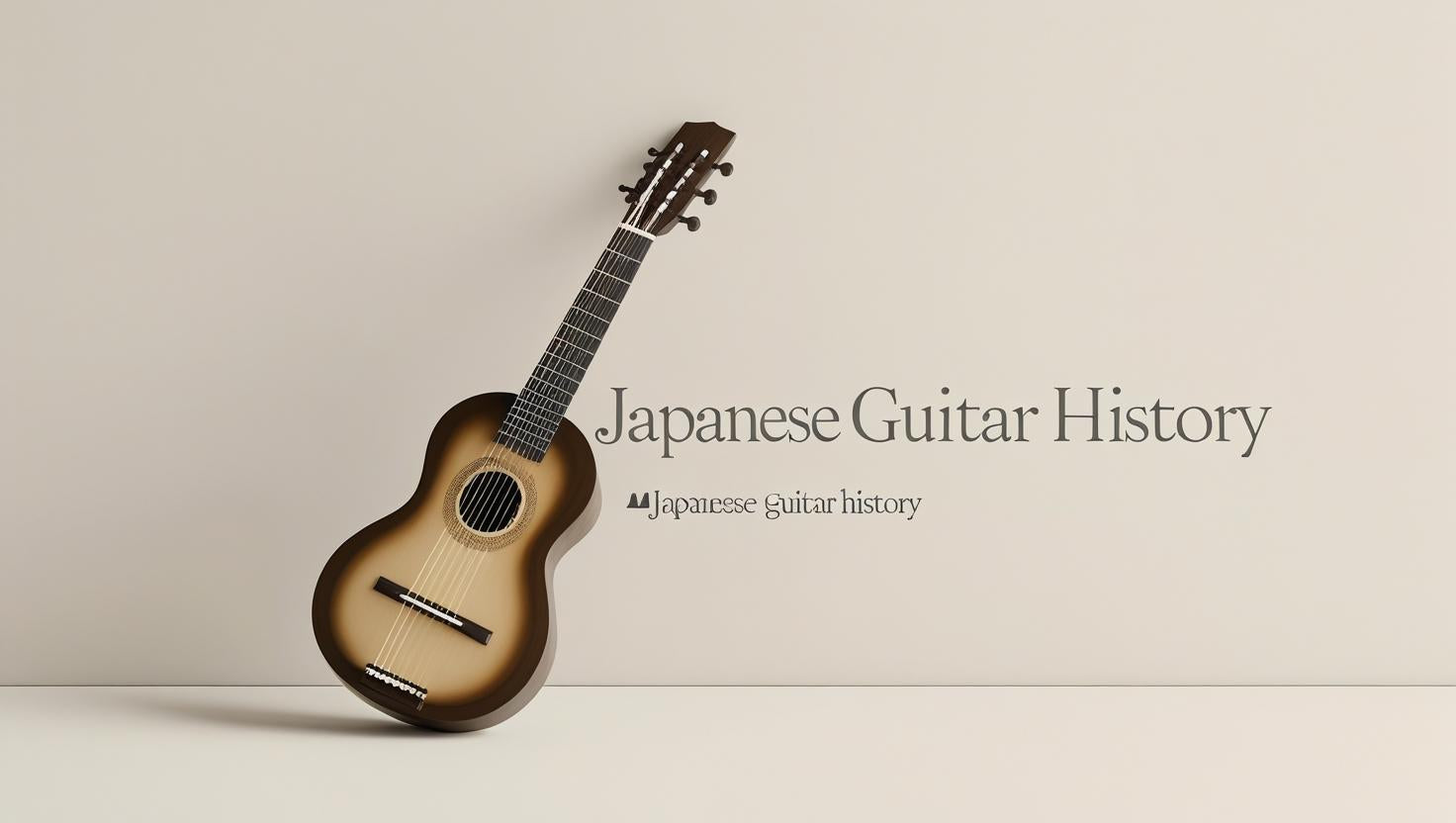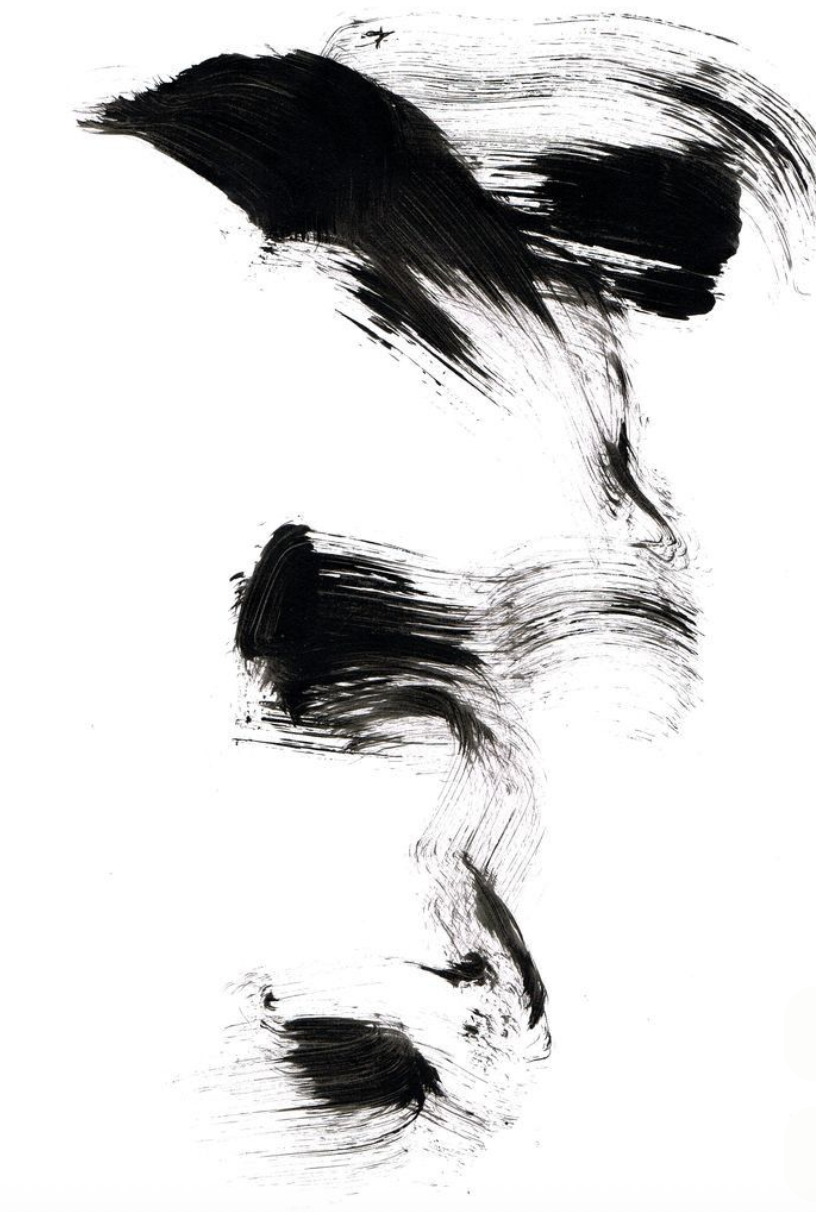The first time you pick up a great vintage MIJ guitar, there’s this moment—you strum, it sings back, and you know instantly this isn’t some knock-off pretending to be the real thing. It is the real thing.
From the late ’60s through the ’80s, Japan’s guitar factories were working overtime. FujiGen, Tokai, Matsumoku, and Dyna Gakki weren’t just punching the clock—they were quietly re-engineering how a good instrument should feel in your hands. They nailed the details: tight fretwork, solid woods, finishes that aged like a leather jacket you’ve had since high school.
The irony? A lot of these guitars were dismissed back then as “copies.” But while the big American brands were coasting on name recognition, Japan’s builders were sweating over quality control, consistency, and actual playability. And it showed.
If you’ve ever slung a Greco Super Real over your shoulder, you know. Those Les Paul Customs weren’t just close—they were dangerously close. Tokai’s Springy Sound Strat copies? They nailed the late-’50s feel so well that players with actual ’50s Strats have swapped them in for tours, just to save the vintage originals from the road.
And here’s the thing: women were there the whole time. You just didn’t see us in the ads. Whether it was the surf-rock scene, the Tokyo club circuit, or a dusty garage rehearsal space in Sydney, female players were shredding MIJs decades before hashtags told us we could.
Today, the vintage MIJ market is hotter than ever—not because it’s “retro” or “cute” or “collectible,” but because the guitars were built to last. The necks stay straight. The electronics hold up. The tone is as sharp and full as it was the day they left the factory.
So whether you’re stepping onto a festival stage or setting up in your bedroom with a half-dead amp and a dream, a good MIJ guitar isn’t going to do the work for you—but it will absolutely keep up. And that’s all any of us really need from our gear: to match the fire we bring to it.


